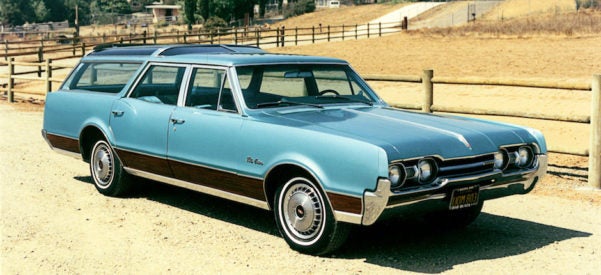The Charming French Product Designer Who Made Mid-Century America Look Clean and Stylish
From Refrigerators to Coca-Cola to Air Force One, Raymond Loewy’s Distinctive Curves Sold Products—and Himself
Raymond Loewy, the legendary American product designer and businessman, isn’t familiar to consumers today, but in the latter half of the 20th century he was a household name for his practice of applying the principles of what he called “cleanlining” to create starkly memorable designs. The 1934 Sears refrigerator; the packaging for Lucky Strike cigarettes; the Exxon logo; dozens of car models for the Studebaker Automobile Company—all were Loewy’s designs. Following his credo that “the loveliest curve I know is …




